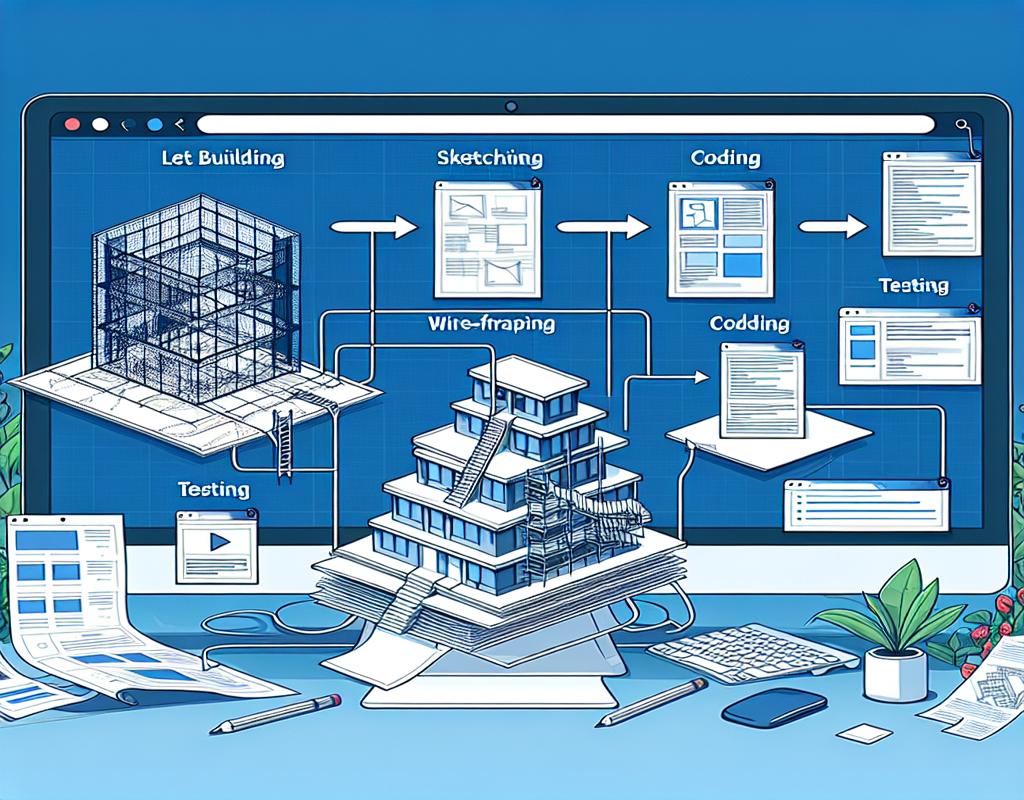
From Blueprint to Browser: The Web Design Process for Contractors, Explained
1. Establishing a Blueprint
The first step in the web design process for contractors is to establish a clear blueprint of the website. This involves defining the project scope, target audience, key features, and overall goals of the website. Understanding the specific needs and preferences of contractors will help in creating a design that resonates with their brand identity and attracts their target audience.
2. Design and Development
Once the blueprint is finalized, the design and development phase begins. This includes creating wireframes, designing the visual layout, and developing the website using Django framework. The design should be responsive, visually appealing, and user-friendly to ensure a seamless browsing experience for visitors. Integration of high-quality images, videos, and testimonials can further enhance the visual appeal of the website.


From establishing a blueprint to creating a user-friendly browsing experience, the web design process for contractors involves multiple steps that are essential for creating a successful online presence. By following a structured approach and paying attention to design, content, and optimization, contractors can attract potential clients, showcase their work, and stand out in a competitive market. As a professional Django website developer, I specialize in creating custom websites tailored to the specific needs of contractors, helping them achieve their online goals effectively. If you are a contractor looking to enhance your online presence, feel free to reach out for a consultation on how we can work together to bring your vision to life.


05 Comments